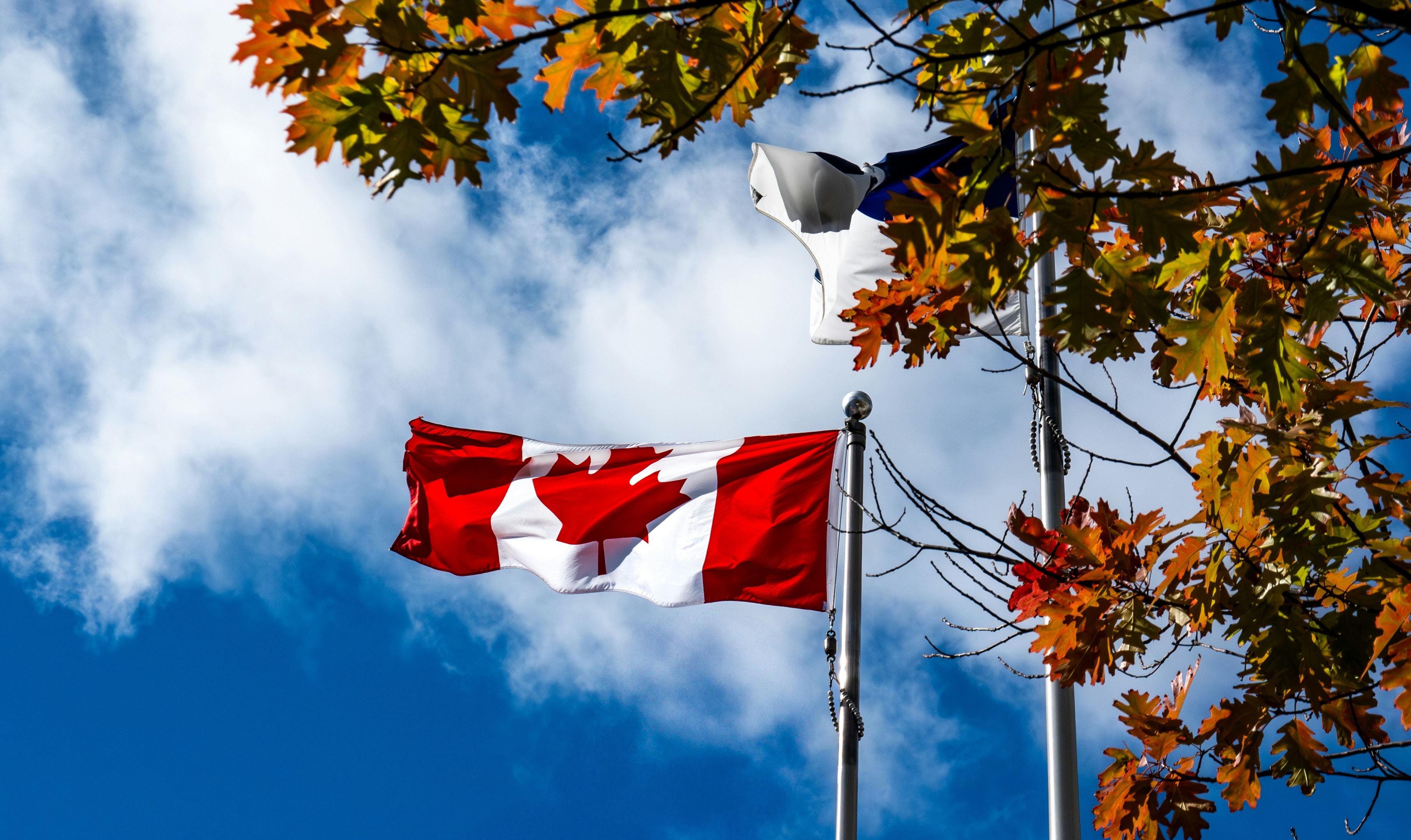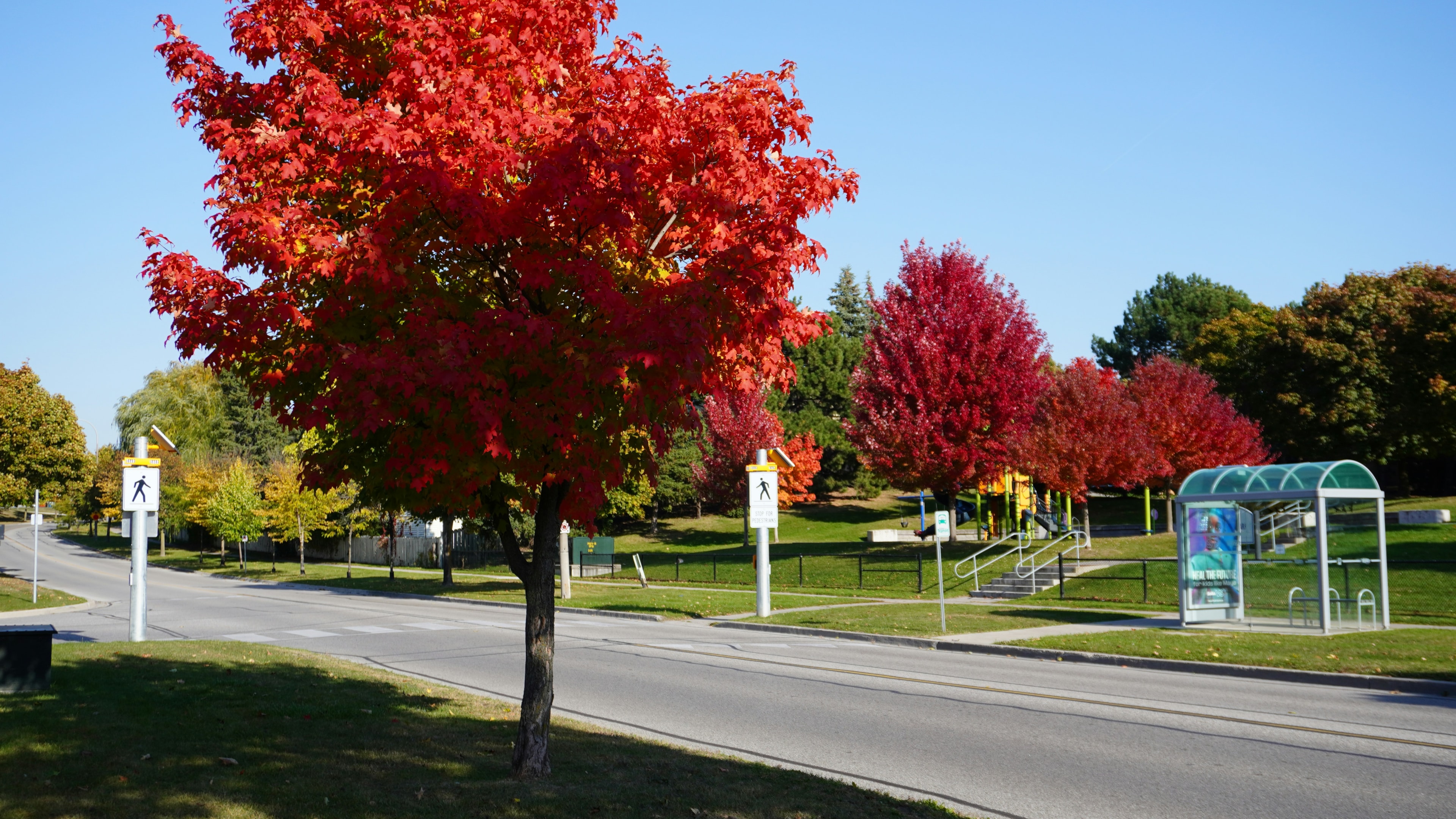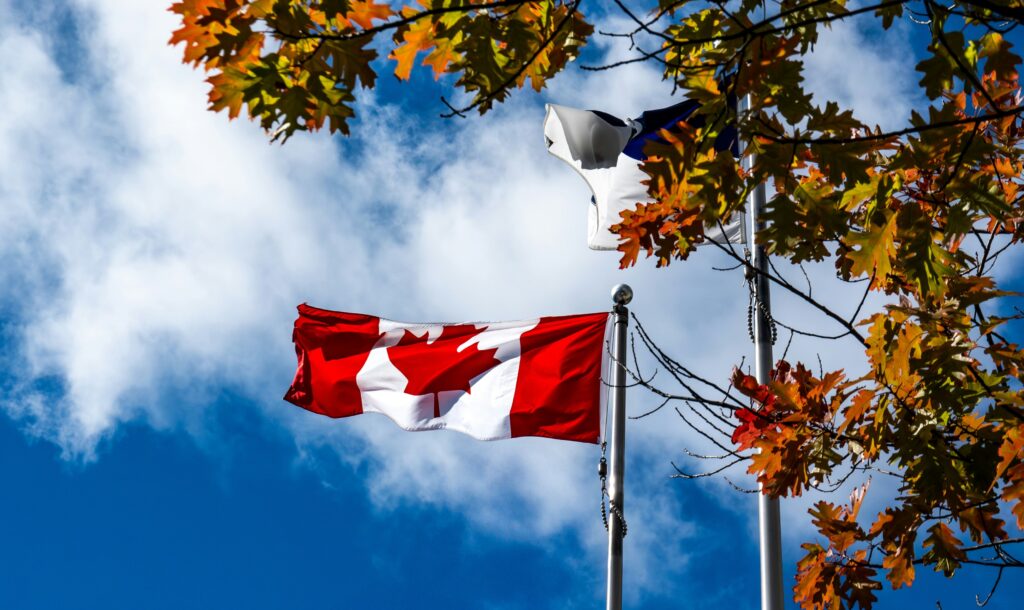As temperatures begin to drop in and around Edmonton, your home’s plumbing system needs a little attention before winter sets in. Ignoring seasonal maintenance can lead to frozen pipes, water damage, or costly emergency repairs when the cold weather hits.
This article will provide essential fall plumbing tips and maintenance tips for homeowners, helping you protect your plumbing system as the seasons change.
Whether you’re a new homeowner or just getting ahead of your to-do list, here’s how to prep your plumbing for fall with practical, easy-to-follow fall plumbing tips to help prevent winter-related issues.
Why Fall Plumbing Maintenance Matters
When fall arrives, so do cooler nights and fluctuating temperatures, the perfect recipe for hidden plumbing issues. It’s crucial to get your plumbing ready for the winter season to prevent freezing and costly repairs. Left unchecked, even minor leaks or exposed pipes can wreak havoc in the colder months.
Fall is the ideal time to:
- Insulate vulnerable pipes to prepare for the winter season
- Drain outdoor plumbing
- Check key systems like your sump pump and water heater
- Prevent frozen pipes in unheated areas
A little plumbing maintenance now can prevent major damage later, and keep everything functioning properly through the winter. Preparing your plumbing for the winter months ensures your system is plumbing ready and helps you avoid issues caused by freezing temperatures.

1. Disconnect and Drain Outdoor Hoses
Still have a garden hose connected? That’s one of the fastest ways to freeze a pipe.
- Disconnect all outdoor hoses and make sure all the water is drained from your garden hoses and water hoses
- Shut off the outdoor water supply by shutting the valve, then open outdoor faucets to release pressure and drain any excess water from the system
- Consider using a styrofoam insulation kit on the faucet for extra protection
If hoses are left connected, water can remain in the line and freeze, causing pipes or fittings to burst.
Simply disconnecting and draining your hoses is a critical step in winterizing your outdoor plumbing and preventing costly damage.
2. Insulate Exposed Pipes and Crawl Spaces
Pipes in crawl spaces, garages, and along exterior walls are especially vulnerable to freezing, especially during cold temperatures when pipes freeze most often in unheated areas. Make sure all piping is properly insulated to prevent issues.
- Wrap exposed plumbing with pipe insulation or foam sleeves
- Use heat tape in unheated areas like basements
- Seal any gaps or cracks in foundation walls where cold air can sneak in, and use weather stripping around piping to further protect against drafts
Check both hot and cold water lines for insulation needs to ensure complete protection.
Frozen pipes are one of the most common winter plumbing emergencies. A bit of insulation now can save thousands later.
3. Flush and Check Your Water Heater
Fall is also a great time to service your water heater, before winter demand spikes.
- Flush the tank to remove sediment buildup and help maintain good water quality
- Inspect for signs of rust, leaks, or strange noises
- Check the temperature setting (120°F is usually ideal)
- Make sure your water heater is delivering consistent hot water, especially as colder weather increases demand
- If it’s an older unit (10+ years), consider a professional inspection or possible replacement
As part of water heater maintenance, always check water quality to ensure your plumbing system remains safe and efficient.
A struggling water heater won’t just reduce heating efficiency, it can fail completely just when you need it most. If you notice issues with hot water or water quality, seek professional Edmonton plumbers to help.
4. Test Your Sump Pump System
Your sump pump plays a critical role during snowmelt and heavy fall rain.
- Pour a bucket of water into the sump pit, it should kick in and remove the water immediately. Check for excess water in the sump pit and ensure the system can handle it.
- Make sure the discharge pipe is free of obstructions and pointing away from your foundation
- Check your backup battery (if you have one), especially if you’re in a flood-prone area
If your pump is making strange noises, runs constantly, or needs repair, contact our professional sump pump experts to help ensure your system is functioning properly.
5. Address Leaks, Drips, and Slow Drains Now
That small leak or slow drain might not seem urgent, until the temperature drops and it becomes a much bigger issue.
- Inspect plumbing fixtures under sinks and behind toilets for leaking or signs of moisture
- Check for wet spots, drips, or signs of moisture, and look for leaking pipes and fixtures
- Pay attention to slow drains, gurgling, or sewage smells, and test water pressure at faucets to identify potential issues
- Schedule any necessary repairs before the cold weather worsens them
- Inspect plumbing pipes for signs of wear or damage, and check piping under sinks and behind toilets for leaks
Fall is the perfect time to get ahead of issues, while it’s still easy (and warm) enough to work on them.
6. Inspect Your Sewer Line Before Winter
As part of your essential fall plumbing maintenance, don’t overlook your sewer line. When temperatures drop, your plumbing system faces extra stress, not just from freezing pipes, but also from potential blockages and backups that can lead to costly repairs and water damage.
A professional sewer line inspection before winter can help catch hidden issues like cracks, tree root intrusion, or buildup that might cause slow drains or even a full backup when the ground freezes. Addressing these plumbing issues now ensures your drains are functioning properly and reduces the risk of frozen pipes or sewage problems during the colder months.
Including a sewer line check in your fall plumbing maintenance routine is a smart way to keep your plumbing system running smoothly and avoid unpleasant surprises as winter sets in. If you notice persistent slow drains or unusual smells, don’t wait, schedule an inspection and make any necessary repairs before the cold weather arrives.

TL;DR – How to Prep Your Plumbing for Fall
- Disconnect and drain outdoor hoses and shut off outdoor faucets
- Insulate pipes in crawl spaces, garages, and exterior walls
- Flush your water heater and check for leaks or inefficiency
- Test your sump pump before rain or snowmelt put it to the test
- Fix minor leaks and slow drains before cold weather turns them into big problems
- Essential fall plumbing tips and maintenance tips: Follow these plumbing tips for fall, such as insulating pipes, draining outdoor faucets, and checking your sump pump, to prevent frozen pipes and other winter plumbing issues. Regular maintenance tips like these help keep your plumbing system reliable all season.
Final Fall Plumbing Checklist
Before the fall season ends and freezing temperatures arrive, make sure your plumbing system is ready for the months ahead. Here’s your final fall plumbing checklist to help prevent frozen pipes, water damage, and other cold-weather plumbing issues:
- Insulate exposed pipes in unheated areas like crawl spaces, exterior walls, and garages to prevent freezing and bursting.
- Disconnect and drain outdoor hoses to protect both hoses and outdoor faucets from freezing temperatures.
- Flush your water heater to remove sediment buildup, improve heating efficiency, and avoid costly repairs.
- Inspect your sump pump and discharge pipe to ensure they’re clear of debris and functioning properly before heavy rain or snowmelt.
- Seal gaps and cracks around pipes to keep cold air out and help prevent freezing in vulnerable areas.
- Check all plumbing fixtures, including faucets and toilets, for leaks, and make necessary repairs to prevent water damage.
- Install a styrofoam insulation kit on outdoor faucets for extra protection against freezing temperatures.
- Drain any remaining water from pipes in unheated areas to prevent freezing and bursting.
- Look for signs of wear or damage throughout your plumbing system and address any issues before winter sets in.
By following this final fall plumbing checklist, you’ll help ensure your plumbing system is protected, efficient, and ready to handle whatever the colder months bring. Prioritizing fall plumbing maintenance now can save you from headaches and costly repairs all winter long.
Final Thoughts
Don’t let fall turn into a freeze-and-panic situation. Taking the time to prep your plumbing system now can help you avoid frozen pipes, water heater breakdowns, and costly repairs during the cold season. Make sure your home is plumbing ready for the winter season by addressing potential issues before temperatures drop.
If you need help with fall plumbing maintenance, our Edmonton plumbers at Apollo Plumbing are ready to assist! For complex tasks, seeking professional help is recommended to ensure your plumbing is properly maintained and protected. Our licensed, local team can inspect your systems, make the necessary fixes, and get your home winter-ready, fast.
Contact us today to book a fall plumbing inspection, or learn more about our sump pump and water heater services.


